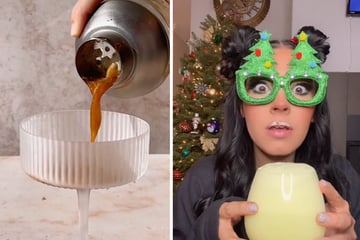Just right or overripe? Tips and tricks for the avocado aficionado
How do you tell when an avocado is ripe enough to eat? It's a common question for fans of avocados. After all, the fruit is usually picked early in its countries of origin so that in can ripen on its long journey to the supermarket. But with these useful tips and tricks, you can pick out the perfect avocado from the produce section without having to cut it open.
What does a ripe avocado look like?
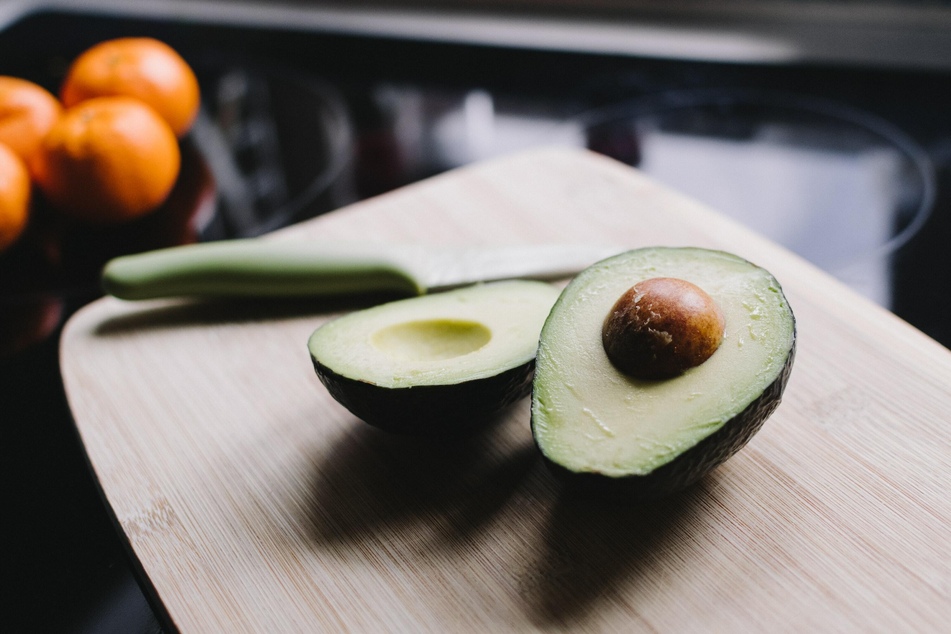
Ripe avocados are very sensitive and spoil quickly, but at first glance it's hard to tell when they have reached maturity.
A ripe avocado is light green or yellowish on the inside and has the soft texture of butter.
However, the color of its skin rarely gives any clues for ripeness. Two varieties of avocado are particularly popular: Hass and Fuerte.
Hass avocados have a dark green or brown skin, while the Fuerte is usually green and smooth when it is ready to eat.
If the avocado is visibly moldy or if its skin is black, it belongs in the trash because it's already spoiled.
But in cases where the signs are less obvious, how can you tell if an avocado is just right or still unripe?
Tip no.1 : The pressure test

Even when the color of an avocado's peel doesn't say much about its ripeness, a simple pressure test can already tell you a lot.
Just hold the avocado in the palm of your hand and apply light pressure with your fingers.
It's important that you don't just poke the fruit with a single finger. Distribute the pressure test evenly, otherwise you'll only cause unsightly dents.
An unripe avocado feels quite hard and its form will not give in to slight pressure.
A ripe avocado is soft and can be easily shaped by applying pressure.
However, if the avocado feels spongy under its skin and has already shrunk a bit, the fruit has probably gone bad and it's best to leave it where it is. But if you already have it at home, it's worth cutting it open first and checking the inside before you throw it away.
Tip no. 2: The stem test
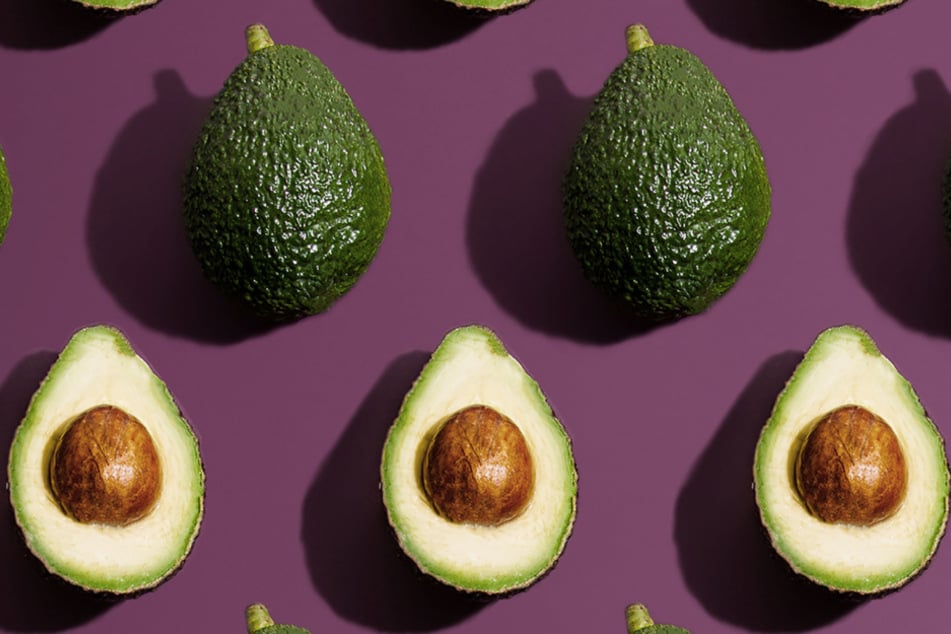
Another trick you can use to check the ripeness of an avocado is to look under the base of the stem.
Obviously, this only applies to the fruit that you have already bought – don't try the stem test in the supermarket!
By carefully removing the small knobbly stem from the top of the avocado, you can get a glimpse of its flesh underneath.
If the flesh has an appetizing light-yellow or light-green color, the avocado is just right. But if the area underneath the stem already looks brown, it's probably overripe.
Read on to find out what you should do if your avocado develops brown spots.
How to ripen avocados faster
If you happen to have bought unripe avocados in the store, you can easily ripen them at home. The easiest way to do that is to put the avocado in a paper bag or wrap in a newspaper and leave it for two or three days. It helps to give it some company – an apple or a banana, for example. The ripening gas ethylene, which fruits produce at room temperature, can accelerate the process.
If you're short on time and need that guacamole right now, you should wrap the avocado firmly in aluminum foil and place it in the oven at around 200 degrees Fahrenheit for about 10 minutes. That will soften it up for puréeing.
Is an unripe avocado poisonous?
There's a lot of uncertainty when it comes to unripe avocados and whether they are poisonous to humans, but MIT Medical can put that myth to bed: eating unripe or hard avocados is harmless for healthy people.
But while they may not be poisonous, unripe avocados tend to be extremely bitter. Sp for the sake of your taste buds, you should wait until they mature or use the ripening methods described above.
What to do with an avocado that has brown spots
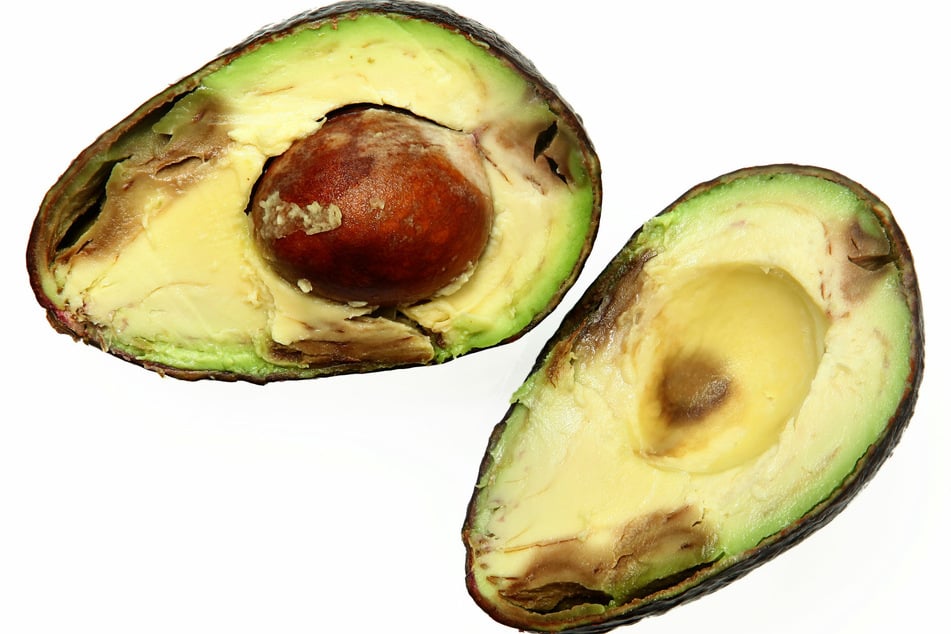
If an avocado is overripe or bruised, it will develop brown spots on its flesh.
But while this can make them look unattractive, they are still perfectly edible.
Just slice off the brown parts and use the rest of the fruit as usual.
However, if the avocado has turned mostly brown and smells funny or becomes stringy, it's time to dispose of the fruit.
It is also quite normal for a sliced avocado to turn brown over time due to oxidation, so it's best to consume it immediately after it has been cut and prepared.
Storing sliced avocado correctly
Since avocados have a high fat content, one half is usually more than enough for a single meal. To prevent the other half from turning brown, shield it from the oxidizing effects of the air.
Covering the avocado leftovers with Saran wrap or wax cloth wrappers will do the trick. The avocado pit should also remain in the fruit, as it also inhibits oxidation with its enzymes. Alternatively, you can smear the avocado with some olive oil or lemon juice.
Tip: If you want your homemade guacamole to retain its beautiful green hue and not turn brown, place the avocado pit at the center of the bowl or simply cover the dip with some olive oil.
A variety of avocado recipes
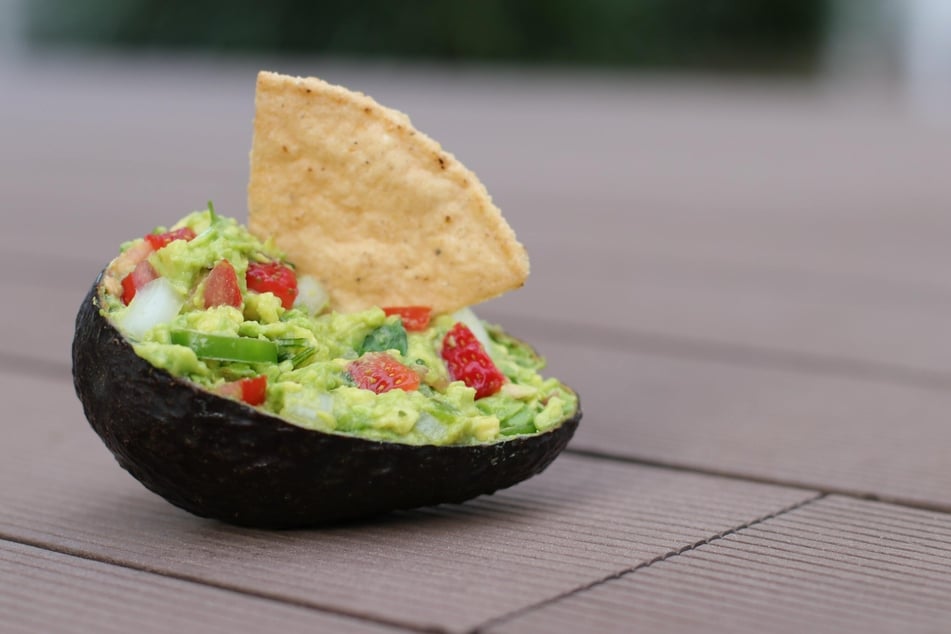
Mature avocados have the best taste and their soft texture makes them ideal for guacamole, smoothies, sauces, dips, and sweet desserts.
On the other hand, if you're looking to slice or dice, half-ripe avocados are the best choice.
They are particularly well-suited for salads, pizza topping, or just served in a bowl.
There are loads of creative ideas and variations for avocado-based recipes on the internet.
And now that you know when the time is ripe for an avocado snack, you can try them all!
Cover photo: Unsplash/Kelly Sikkema/TAG24 collage

